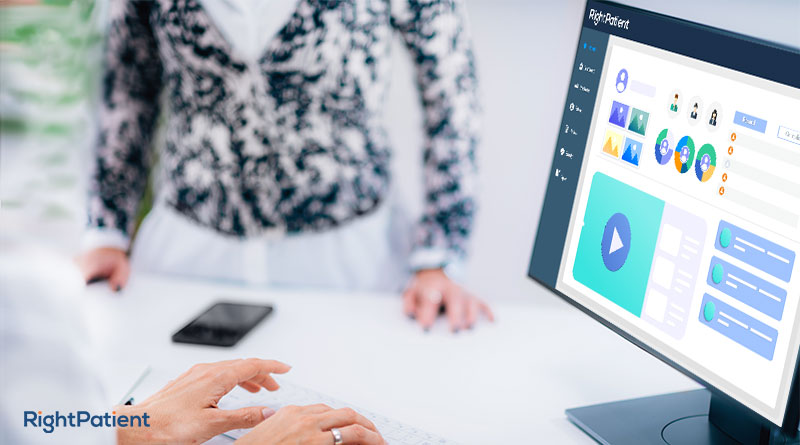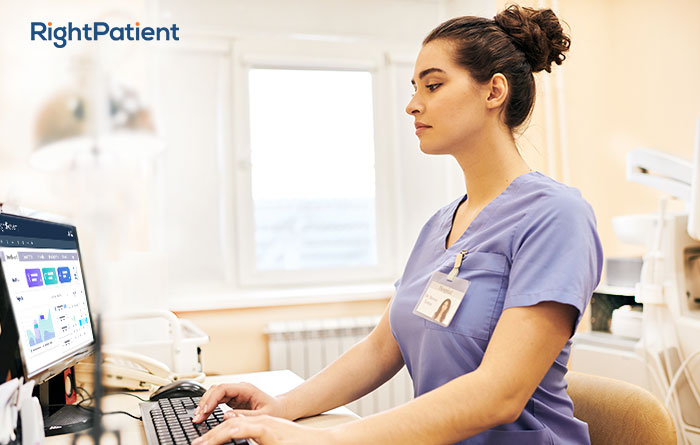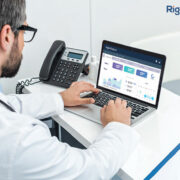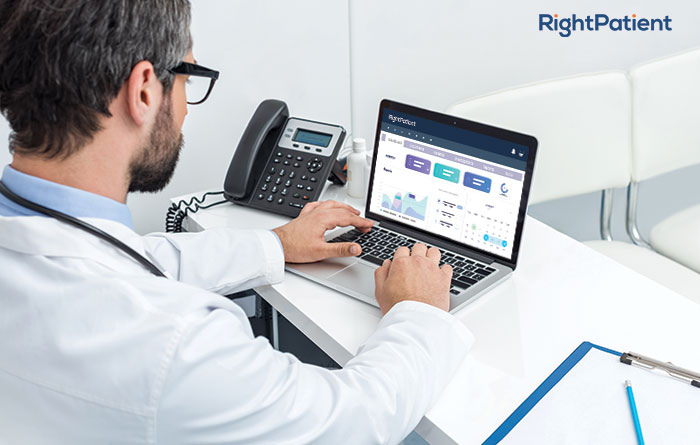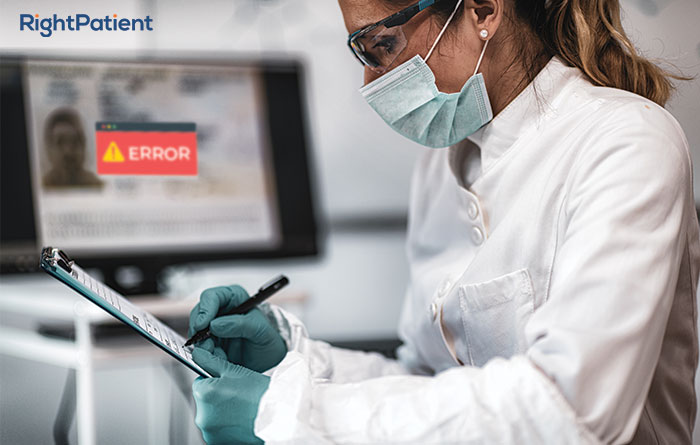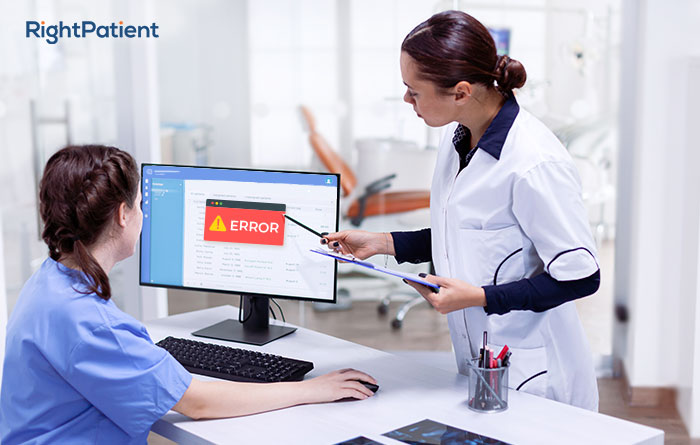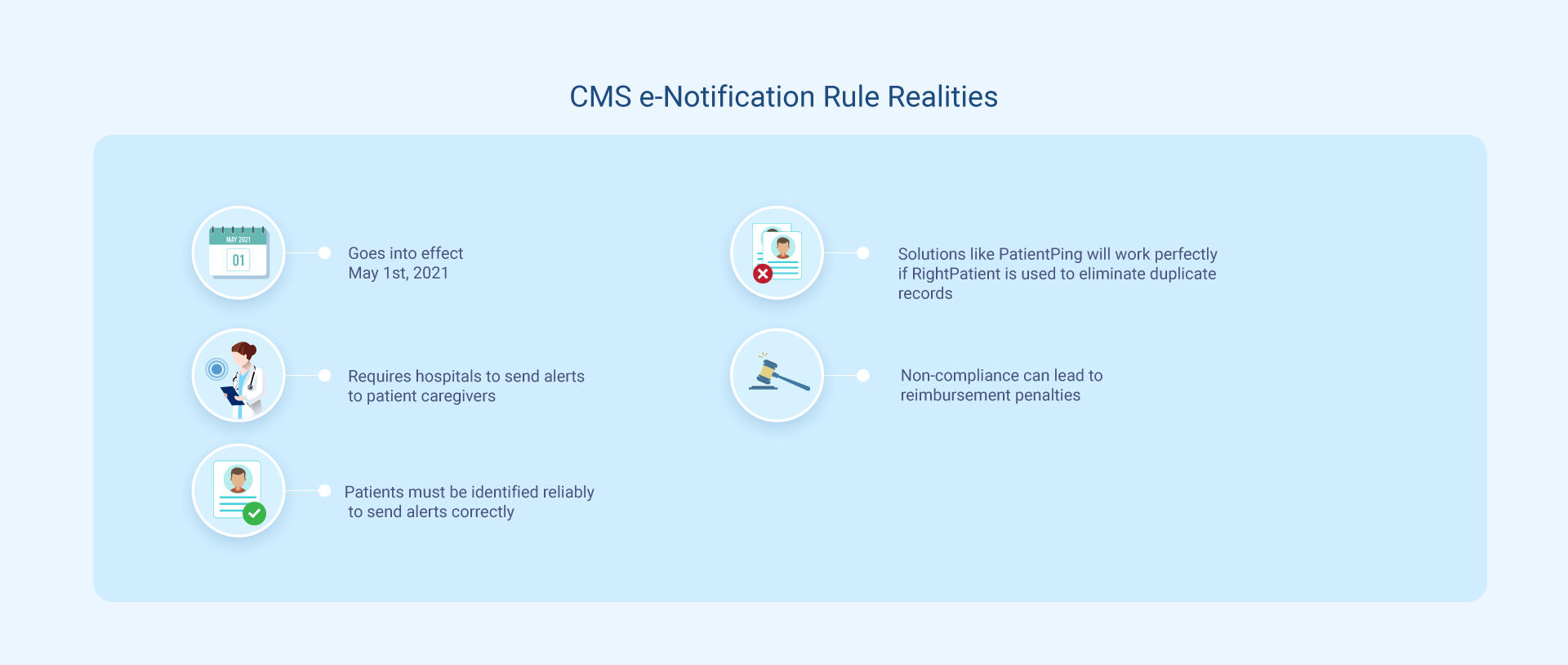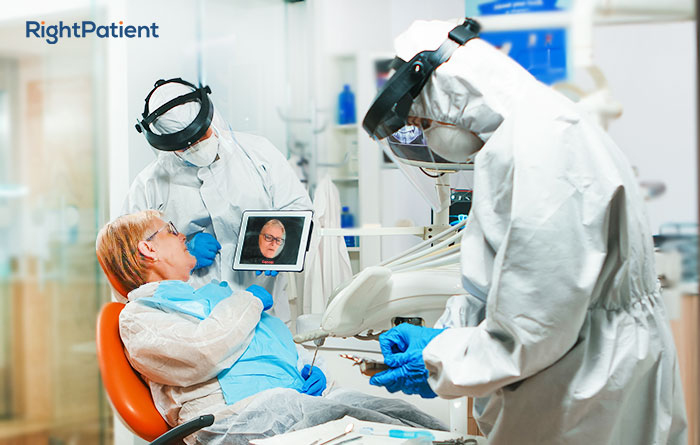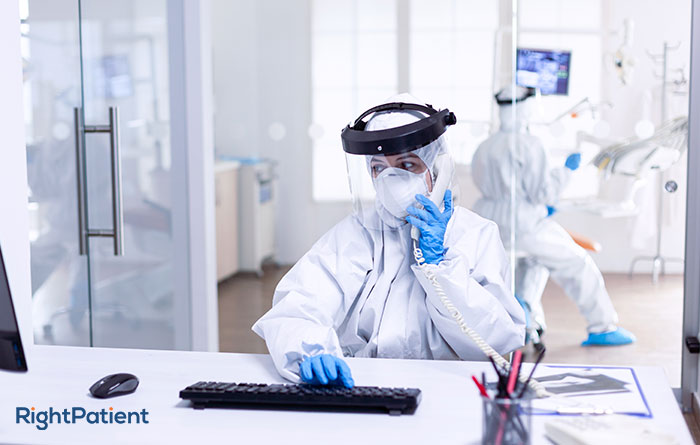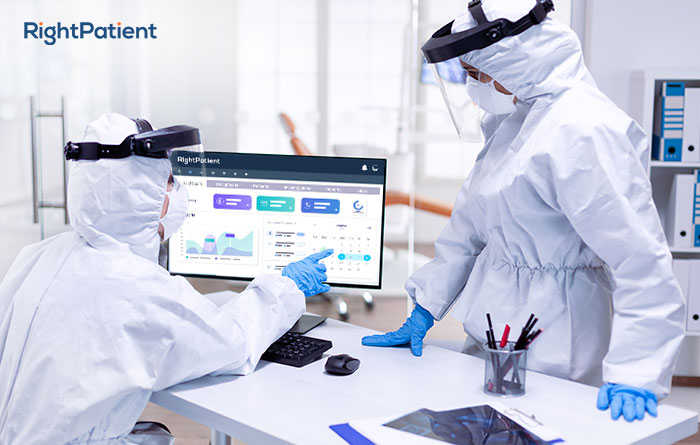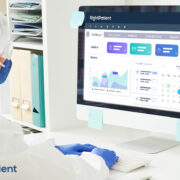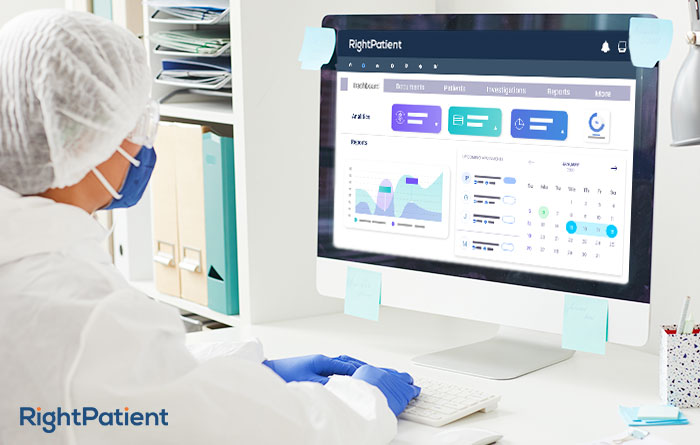Improving Remote Patient Outcomes by Addressing 5 Elements

The pandemic has been an unprecedented event that has taken much away from us since it started. However, hospitals in the affected countries felt its heat the most, and arguably the worst affected one is the US healthcare system. COVID-19 forced hospitals to divert regular patients to telehealth, leading to the explosive growth that it very much needed. Since telehealth is here to stay, more and more caregivers are adopting it and allocating resources for their online patients. While doing so, healthcare providers need to ensure that patient outcomes are optimal and immaculate.

Let’s take a look at five elements healthcare providers need to consider and address to improve the patient outcomes of their remote patients.
5 addressable elements that can improve online patient outcomes
Catering to patients’ expectations
While telehealth has been around for quite some time in the US healthcare system, healthcare providers and patients did not pay much attention to it. Experts kept arguing about its merits and drawbacks, whereas patients were reluctant to try it.
Telehealth achieved mainstream popularity only after the pandemic hit the US, and after almost a year, both patients and caregivers still might need some adjustments. For starters, caregivers need to identify patients’ expectations and work on addressing them.
A seamless check-in process and reduced wait times are good starting points, as these are some common requests. Moreover, if there are any temporary issues with the service, patients need to be notified immediately to avoid dissatisfaction. Conducting small and engaging surveys is another good strategy to determine what patients expect during the virtual sessions.
Training telehealth staff members
One of the best ways to improve online healthcare outcomes is by ensuring that patients have the best possible experience, and that can be done only if the telehealth team works effectively.
As already mentioned, telehealth is quite new to virtually everyone, and providing training sessions to the telehealth teams is a must to ensure that they use this solution to its maximum potential.

Not only can training help improve efficiency, but it can also help caregivers provide patients with a seamless, intuitive, and engaging experience, improving patient outcomes in the process.
Ensuring ample security
Patient safety and confidentiality are necessities that any and all healthcare providers must ensure, and virtual sessions are no different. Something that is often brought up in regard to telehealth is security – data breaches are at an all-time high. Experts have been predicting that there will be fraudulent cases during telehealth sessions, as hackers and fraudsters may try to disrupt the entire session.
Hospitals and health systems must ensure that ample safeguards are used to protect patient information, prevent data breaches, and identity medical theft. Caregivers must go the extra mile and ensure that patient outcomes are error-free, safe, and optimal.
However, while data breaches have so far been inevitable, medical identity theft is not. It can be prevented, but more on that later.
Ensuring reliability
A solution is as good as its reliability, and the same goes for telehealth options. Healthcare providers have a variety of options – they can either choose from the vast number of third-party solutions, or they can develop their own in-house. Whichever option they choose, healthcare providers must ensure that the solution is reliable and doesn’t break down unexpectedly or under pressure. If it fails, it can result in detrimental patient outcomes. For instance, equipment or technology breaking down in the middle of a telehealth session can be potentially dangerous for the patients, especially those who need urgent care.
While choosing third-party telehealth solutions, reading reviews can be quite helpful to determine their reliability. Also, pilot testing them provides a first-hand experience as to how reliable they are in real-time.
Ensure accurate patient identification for improved patient outcomes
Patient identification errors have been a prevalent but overlooked issue within the US healthcare system, and while many caregivers are still struggling with it during the pandemic, it will very likely be an issue during telehealth sessions as well. Imagine this: if the patient is misidentified right from the start and the wrong EHR (Electronic Health Record) is used, then the entire process will be full of errors. Moreover, as previously mentioned, medical identity theft during telehealth services is a growing concern. However, all of this can be mitigated with RightPatient.
RightPatient is a touchless biometric patient identification platform that is used by responsible caregivers to accurately identify their patients. It locks patients’ medical records with their photos and their biometric data during registration. Moreover, it is versatile enough to be used at any touchpoint across the healthcare facility, making it ideal for virtual sessions like telehealth and telemedicine.
Patients receive an SMS or email after scheduling their appointments, after which they have to provide a personal photo and a photo of their driver’s license. RightPatient automatically compares the photos for a match, ensuring correct patient identification.
Within healthcare facilities, the patient only needs to look at the camera – RightPatient performs a biometric search and provides the correct medical record after finding a positive match.
Not only does RightPatient prevent medical record mix-ups, but it also red-flags fraudsters, preventing medical identity theft even after a data breach and improving patient outcomes in the process.



